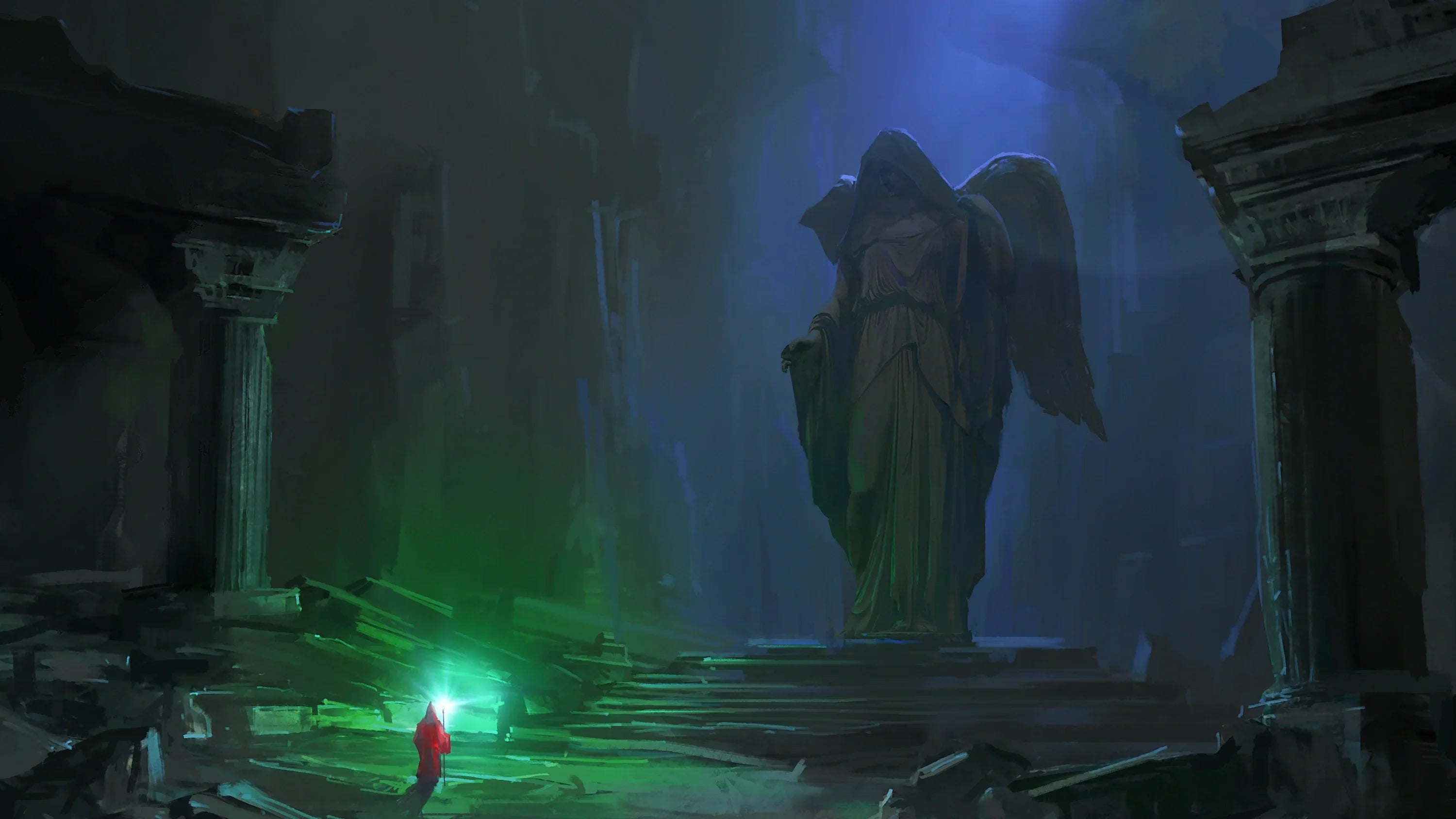As autumn’s chill seeps into the air and the nights stretch a little longer, many tabletop RPG groups feel the pull toward something darker — a session where the shadows seem to lean in, and every creak of the floorboards makes someone glance over their shoulder. Crafting a truly spooky game isn’t just about scary monsters or jump scares. It’s about weaving an atmosphere that settles over the table like a fog, keeping your players leaning forward, unsure of what waits just beyond the next turn in the story.
Begin by changing the room itself. Dim the lights until the edges blur, let the flicker of candles throw uneasy shadows on the walls, and fill the space with subtle sounds — a whisper here, a gust of wind there, the slow groan of old wood under unseen weight. Add small, tangible touches: a folded letter with cramped handwriting, an aged map with burnt edges, an oddly heavy trinket placed in a player’s hand. These props work quietly, seeding the idea that what’s in front of them might not be the whole truth.
The story should unravel like a half-forgotten nightmare. Don’t rush to reveal everything; let your players stumble on hints, each one deepening the unease. Strange disappearances, a village no one remembers, an echoing knock that never comes from the same place twice — the unknown is your greatest ally. Describe enough to light the path ahead, but leave the shadows thick enough for their minds to do the rest.
The people they meet should feel just a little wrong. Maybe their smiles don’t reach their eyes, or they avoid certain words entirely. Perhaps their kindness feels rehearsed, or their answers come too quickly — as if they’ve practiced this conversation before. When your NPCs carry small mysteries in their mannerisms, your players will watch them more closely, wondering which are harmless quirks and which are warnings.
The challenges that follow should do more than threaten hit points — they should make your players hesitate. A locked door with scratching on the other side. A puzzle that rearranges itself when you blink. A creature that moves in silence but is never in the same place twice. Keep the tension alive by never letting them feel entirely safe. Let their choices matter, and let those choices have consequences that echo later in the night.
The rhythm of the game is as important as its details. Build the suspense slowly, then let it snap tight. Offer brief moments of calm — a warm fire, a friendly voice, a sense that maybe they’re in the clear — before pulling the rug out again. The most memorable moments come when comfort turns to dread in the space of a heartbeat.
When the end comes, make it count. Whether it’s the truth finally clawing its way into the light, a confrontation they barely survive, or a revelation that changes everything they thought they knew, leave them with something to carry out of the game with them. A question they can’t quite answer. A choice they’re still debating. A story they’ll tell when the lights are back on.
A great spooky session lingers. It follows your players home, slipping into their thoughts when they least expect it. And that’s the magic you’re after — a night where the line between the game and the real world feels just a little thinner than usual.



Share:
The Circle Grows
How Aromas Leave Lasting Impressions